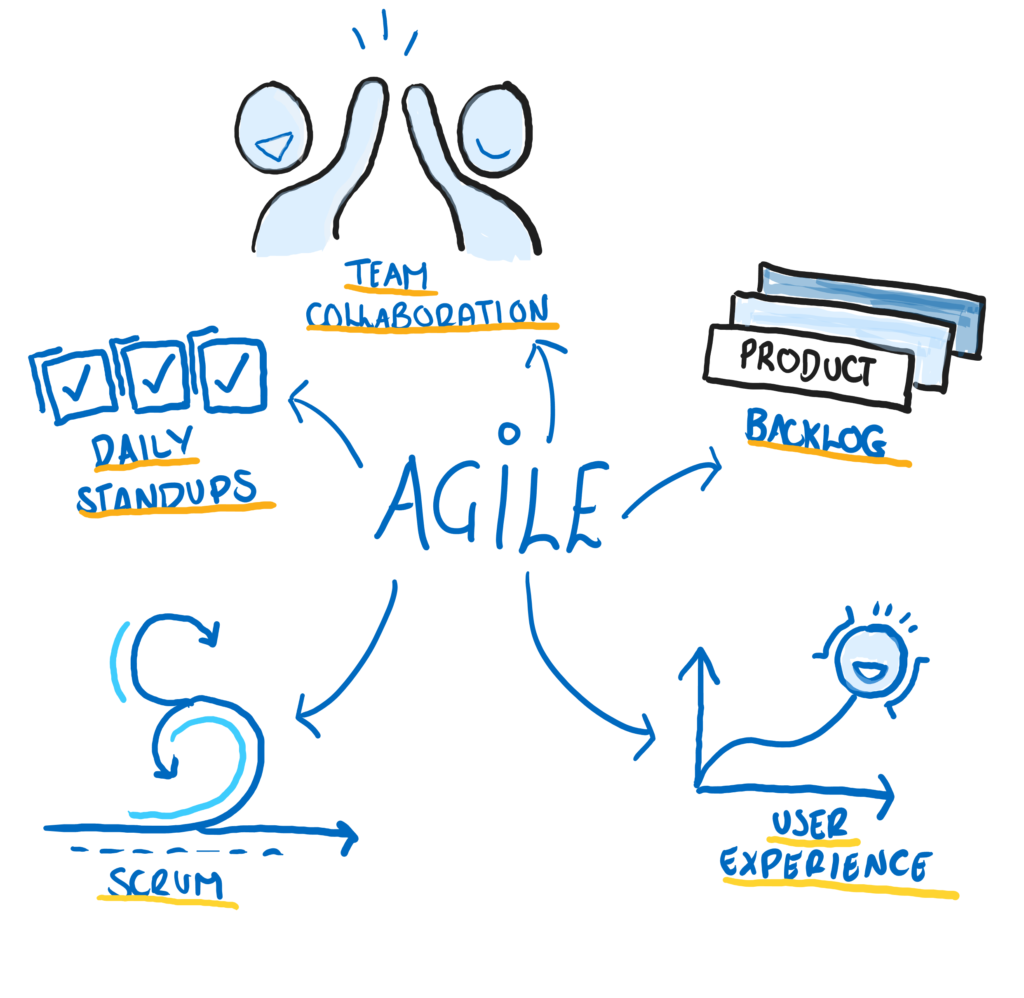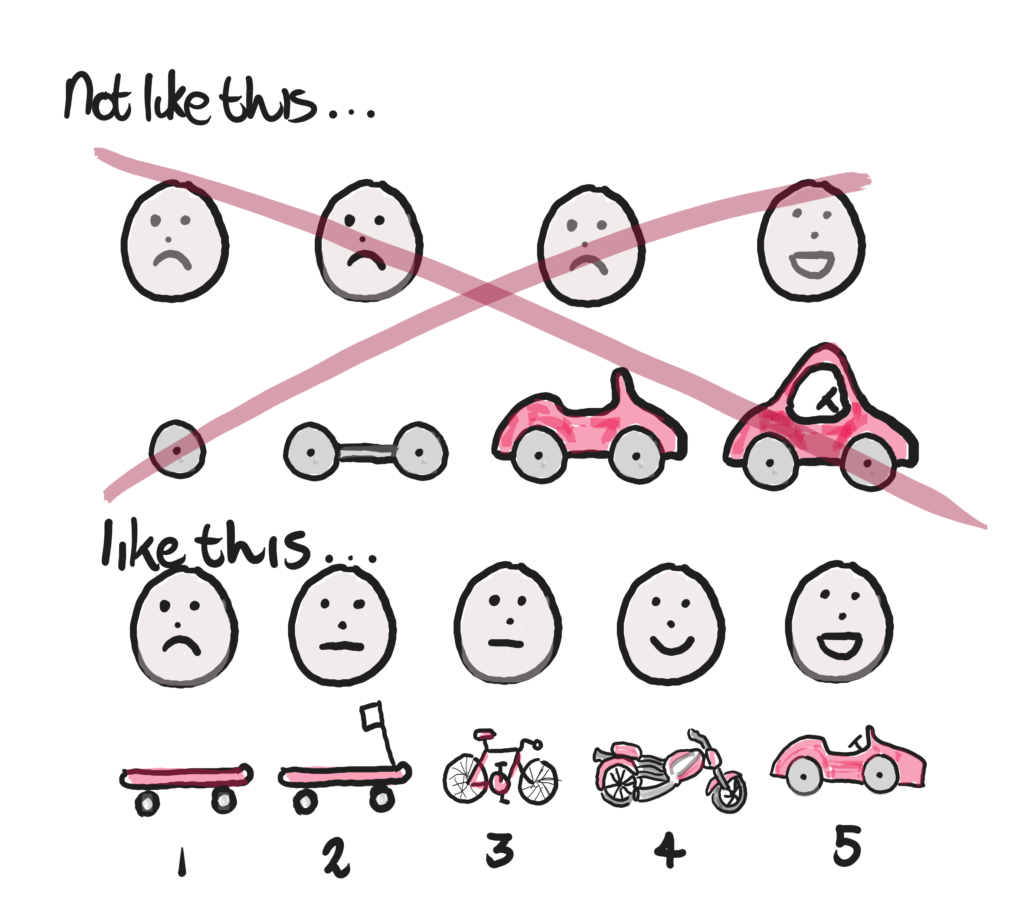Agile methodology has become a buzzword in the world of software development and beyond, promising flexibility, efficiency, and a focus on delivering value. However, not all Agile practitioners reap these benefits. In some cases, they even seem to ‘suck’ at implementing Agile effectively. This blog post aims to explore why some Agile practitioners struggle with Agile methodologies and how to avoid these common pitfalls.
Misunderstanding Agile Principles
- Agile is More Than Just a Process: One of the primary reasons Agile practitioners falter is a fundamental misunderstanding of Agile principles. Agile is not just a set of processes; it’s a mindset. When practitioners focus solely on the processes without embracing the Agile mindset, they miss the essence of being truly Agile.
- Ignoring the Agile Manifesto: The Agile Manifesto, with its emphasis on individuals and interactions over processes and tools, working software over comprehensive documentation, customer collaboration over contract negotiation, and responding to change over following a plan, is often overlooked in favor of rigid methodologies that contradict Agile’s core values.
Inflexibility in Agile Implementation
- Rigid Adherence to Specific Frameworks: Whether it’s Scrum, Kanban, or any other Agile framework, some practitioners get so caught up in the mechanics that they become inflexible. Agile is about adapting to change, not being shackled by the framework.
- Failing to Adapt to Project Needs: Every project is different, and what works for one might not work for another. An effective Agile practitioner knows how to adapt Agile principles to the specific needs of each project.
Lack of Effective Communication
- Undervaluing Face-to-Face Interaction: Agile methodologies emphasize direct, face-to-face communication, but this is often neglected. Over-reliance on tools and digital communication can lead to misunderstandings and a disconnect among team members.
- Poor Listening Skills: Agile requires active listening and collaboration. When practitioners fail to listen to their team members or clients effectively, it leads to a breakdown in collaboration and teamwork.
Inadequate Training and Experience
- Surface-Level Understanding of Agile: Many practitioners jump into Agile with only a surface-level understanding. Effective implementation of Agile methodologies requires in-depth knowledge and continuous learning.
- Lack of Practical Experience: Theoretical knowledge of Agile is not enough. Practitioners who lack practical experience in implementing Agile often struggle with its practical challenges.
Resistance to Change
- Organizational Resistance: Sometimes, it’s not the individual practitioner but the organization that resists Agile. When an organization is steeped in traditional methodologies, even the most enthusiastic Agile practitioner can struggle to implement change.
- Personal Resistance to Change: Change is hard, and some practitioners, despite their best intentions, find it challenging to adapt to the Agile way of thinking and working.

Neglecting the Importance of Team Dynamics
- Ignoring Team Input: Agile is a team effort. When practitioners ignore the input and feedback of their team members, they fail to harness the collective intelligence and creativity of the team.
- Poor Team Management: Effective team management is crucial in Agile. Practitioners who fail to foster a collaborative and empowering environment will struggle to implement Agile successfully.
Misaligned Goals and Expectations
- Lack of Alignment with Business Objectives: Agile projects need to align with broader business goals. When practitioners lose sight of this, their efforts may not contribute effectively to the organization’s success.
- Unrealistic Expectations: Sometimes, practitioners have unrealistic expectations of what Agile can achieve. Agile is not a magic solution; it’s a tool that, when used correctly, can lead to great results.

Overemphasis on Tools and Techniques
- Tools Over People: Agile is about individuals and interactions. Practitioners who focus more on tools and techniques than on people are likely to fail in creating a truly Agile environment.
- Excessive Focus on Metrics: While metrics are important, overemphasizing them can lead to a loss of focus on delivering real value.
Conclusion: Embracing True Agility
To be successful, Agile practitioners must embrace the Agile mindset, not just the methodologies. This means understanding and living by the Agile Manifesto, being adaptable and flexible, communicating effectively, continuously learning, and focusing on people over processes. It’s about creating an environment where collaboration, innovation, and adaptability thrive. Only then can the true potential of Agile be realized.


